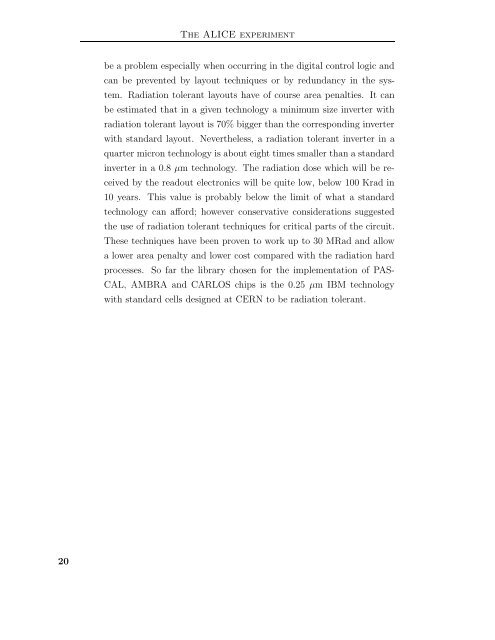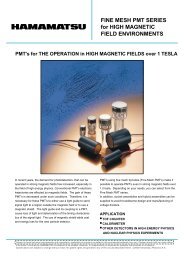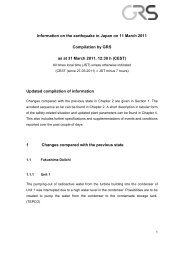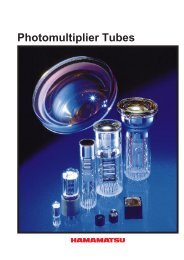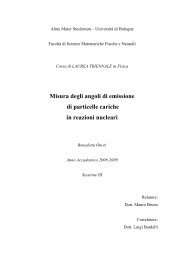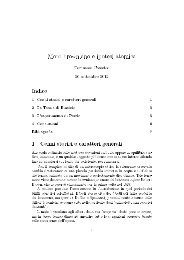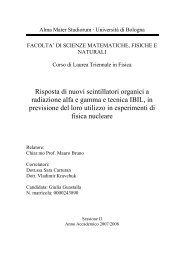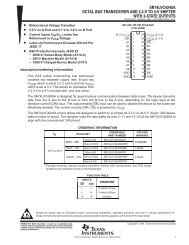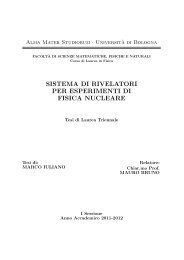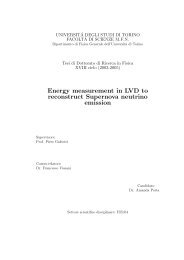hardware implementation of data compression ... - INFN Bologna
hardware implementation of data compression ... - INFN Bologna
hardware implementation of data compression ... - INFN Bologna
You also want an ePaper? Increase the reach of your titles
YUMPU automatically turns print PDFs into web optimized ePapers that Google loves.
20<br />
The ALICE experiment<br />
be a problem especially when occurring in the digital control logic and<br />
can be prevented by layout techniques or by redundancy in the system.<br />
Radiation tolerant layouts have <strong>of</strong> course area penalties. It can<br />
be estimated that in a given technology a minimum size inverter with<br />
radiation tolerant layout is 70% bigger than the corresponding inverter<br />
with standard layout. Nevertheless, a radiation tolerant inverter in a<br />
quarter micron technology is about eight times smaller than a standard<br />
inverter in a 0.8 µm technology. The radiation dose which will be received<br />
by the readout electronics will be quite low, below 100 Krad in<br />
10 years. This value is probably below the limit <strong>of</strong> what a standard<br />
technology can afford; however conservative considerations suggested<br />
the use <strong>of</strong> radiation tolerant techniques for critical parts <strong>of</strong> the circuit.<br />
These techniques have been proven to work up to 30 MRad and allow<br />
a lower area penalty and lower cost compared with the radiation hard<br />
processes. So far the library chosen for the <strong>implementation</strong> <strong>of</strong> PAS-<br />
CAL, AMBRA and CARLOS chips is the 0.25 µm IBM technology<br />
with standard cells designed at CERN to be radiation tolerant.


